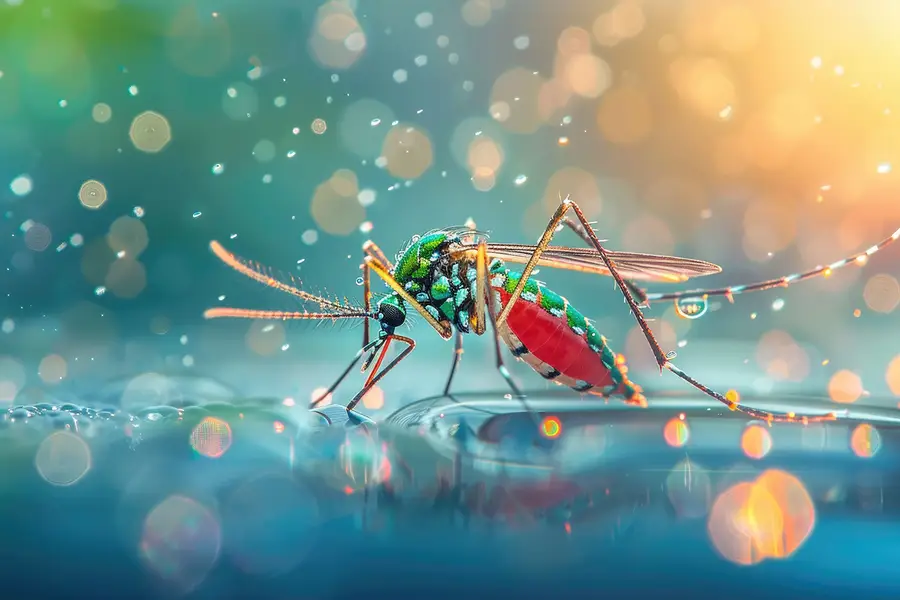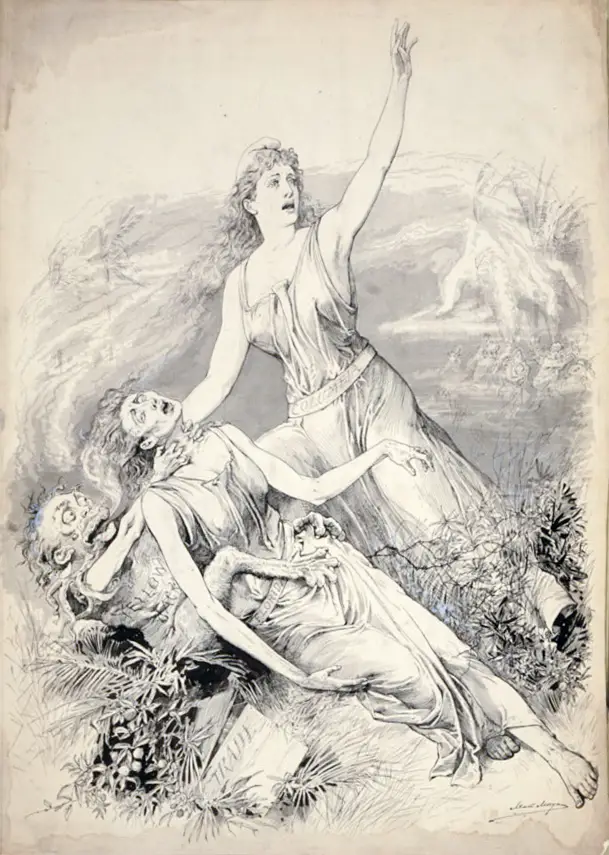
In the past year and a half, several cases of various vector-borne diseases made headlines in the United States. While some vector-borne diseases, including Lyme, Chagas disease, and West Nile, are prevalent in the continental U.S., these recent reports were newsworthy because the diseases in question are usually confined to tropical areas in Latin America, Africa, and Asia, or in travelers coming home to the U.S. from those areas.
First, there was the report in May 2023 of an autochthonous (local) case of malaria in Florida—the first such case in the U.S. since 2003. Then there was a cluster of locally transmitted dengue cases in Florida’s Miami Dade and Broward counties. And lastly, there was a lot of media attention around a cluster of eastern equine encephalitis cases. By the end of 2023, a total of 10 cases of locally transmitted malaria had been reported, with new cases in Florida, Texas, Arkansas, and even as far north as Maryland. Similarly, total dengue cases grew to 192 across Florida, Texas, and California by the end of the year.

This 1873 magazine illustration depicts the horrors of a yellow fever epidemic in Florida. A monster labeled "Yellow Jack" clutches a woman representing the state of Florida. The figure standing above them is Columbia, raising one arm in a call for help. Behind the trio, frightened families flee the Florida swamp. A box of opened fruit, identified as "Trade," lies askew in the foreground.
A Historical Perspective on Mosquito-Borne Diseases in the U.S.
For health experts and the general public alike, the burning question is: Are all of these new cases of locally transmitted malaria, dengue, and other vector-borne diseases a “one-off” – or are they the “new normal”? Before answering this question, let’s take a step back in time.
It’s well established that mosquitoes, which serve as vectors for all of these diseases, are widely distributed and abundant in the U.S. While the occurrence of locally transmitted malaria is extremely rare now, cases regularly occurred until 2003. Locally transmitted dengue and other arboviruses such as eastern equine encephalitis, chikungunya, and Zika have been reported consistently in the past decade, at approximately 150 cases per year.
Mosquito Fact: The U.S. Centers for Disease Control and Prevention (CDC) was established in 1946 to fight malaria and other mosquito-borne diseases that were rampant in the U.S. South.
Timothy Winegard’s excellent 2019 book, Mosquito: A Human History of Our Deadliest Predator, details how mosquitoes and the diseases they transmit have shaped human history, including in the U.S. Mosquitoes were so rampant in the American South that during the Civil War, Confederate soldiers are said to “have feared them more than Yankee bullets,” and Winegard and others have argued that mosquitoes impacted key Civil War battles, ravaging entire battalions of soldiers. I vividly remember a personal trip to the Orman House Historical State Park in Apalachicola, Florida, a few years back, where I learned that in the 1800s, mosquitoes were so rampant that more than half of the population in this major trading post would decamp during the summer months in order to avoid falling ill with yellow fever (known back then as the saffron scourge) and other diseases that the mosquitoes transmitted. In some areas, yellow fever was so bad that life insurance policies had a yellow fever exclusion clause.
Mosquito Fact: In 1849, physician John Gorrie discovered the cold-air process of refrigeration (and later patented an ice machine) as he tried to find ways to lower the body temperature of the many yellow fever patients he attended to in Apalachicola, Florida. This invention laid the groundwork for the development of modern refrigeration and air conditioning—which certainly made Florida and much of the U.S. South more livable year-round.
Future Trends in Mosquito-Borne Diseases in the U.S.
Several key conditions need to be met for successful local transmission of mosquito-borne diseases:
- A person who is infected with a parasite or virus, essentially acting as a “reservoir” for the disease;
- An insect vector that is competent to transmit the parasite or virus;
- Sufficient rainfall allowing for the mosquito vectors to breed and propagate;
- Temperatures warm enough for the parasite or virus to develop in the mosquito vector; and
- Sufficient time (usually two weeks), during which a naïve mosquito has time to bite an infected person, pick up the pathogen, multiply the pathogen in their gut, and then bite a second uninfected person to kick off the transmission cycle.
Up until recently, it was rare that all of these conditions would be met concurrently in locations within the U.S. Not anymore, and let’s unpack why.
Commercial shipping and people’s travel patterns are now surpassing pre-COVID-19 pandemic levels. The former increases the likelihood of invasive mosquito species hitching a ride on shipping containers and breeding locally in conducive habitats in the U.S. Substantial changes in rainfall patterns and temperature that we are currently observing across the continental U.S. are expanding mosquito species’ distribution ranges, as well as the length of time that pathogens can develop within their mosquito vector. People’s expanded travel patterns increase the likelihood that more infected (yet possibly not showing signs of overt disease) people come back to the U.S. from overseas tropical locations where mosquito-borne diseases are endemic. Back in the U.S., these travelers represent an expanding reservoir for the right mosquito vector species to pick up a parasite or virus and then transmit it onward to uninfected people.
Mosquito Fact: Each year about 2,000 cases of imported malaria are reported to the U.S. Centers for Disease Control and Prevention.
So, what does this all mean? Unfortunately for those of us based in the United States – and for the health systems we use – the presence of these vector-borne diseases is likely the “new normal.” We will see increasing numbers of cases of mosquito-borne disease like malaria, dengue, and eastern equine encephalitis. However, the risk of contracting an infection and disease will still be low in the U.S. compared to the tropical regions of Latin America, Africa, and Asia, thanks to adequate, mostly air-conditioned housing, local vector-control efforts, and (comparatively) good health care, as these all either reduce exposure to mosquito bites or help us effectively manage the mosquito-borne disease cases should they occur.

